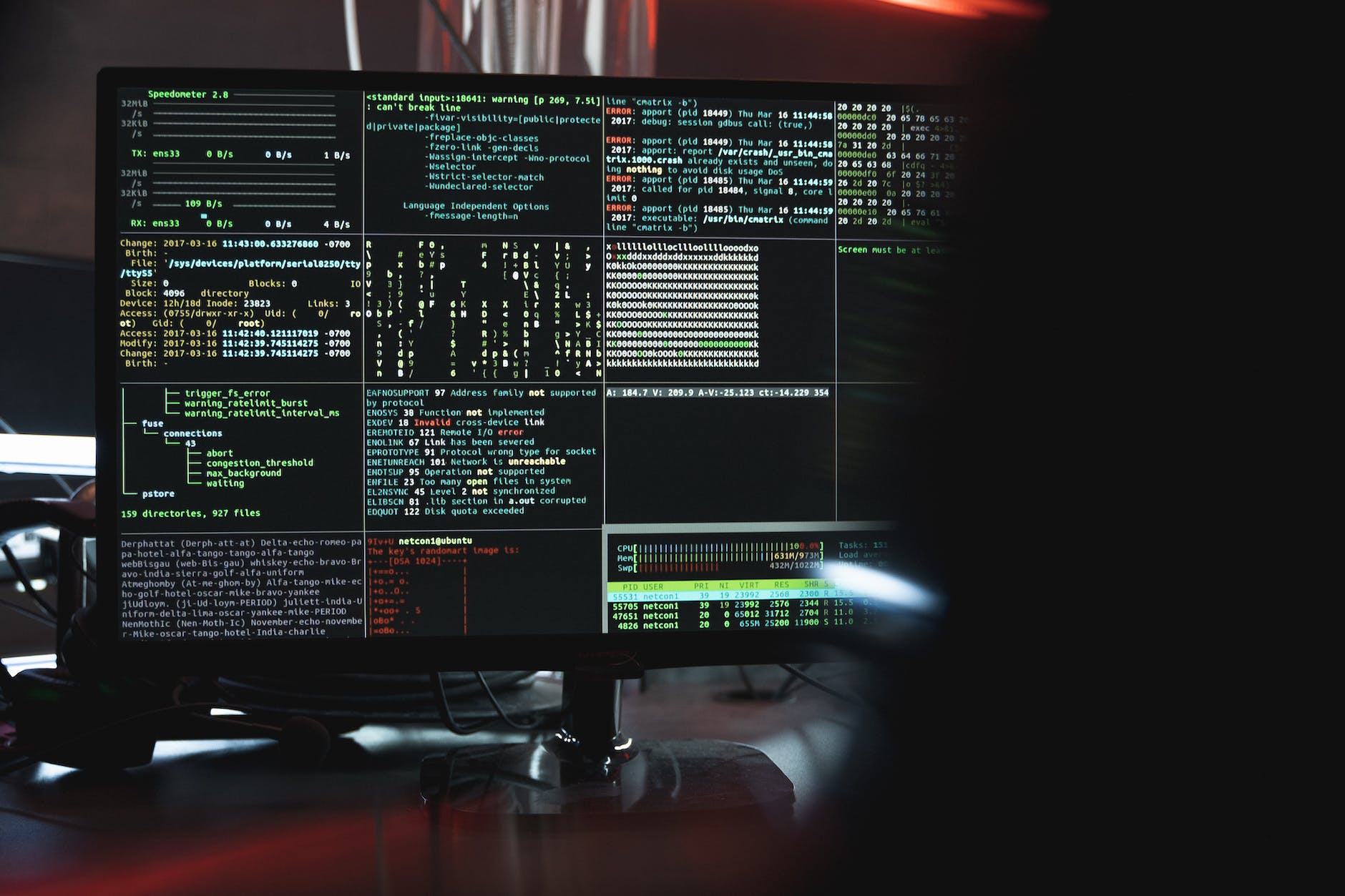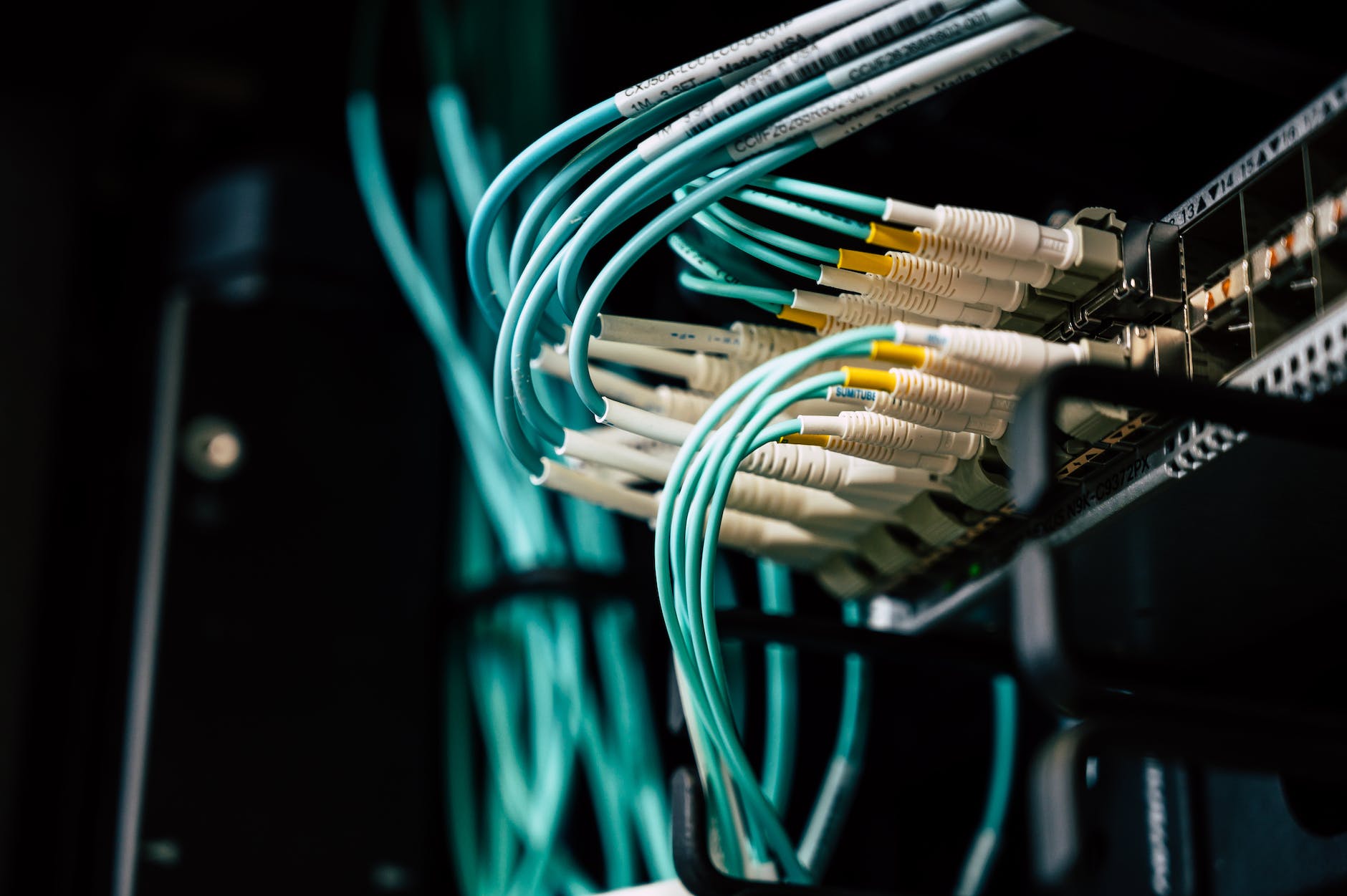If you’re a student of Information Technology then this articles provide complete Exercise Question Answer Class XI IT CBSE, understanding these basics will be crucial for mastering web technologies and network concepts. Networking refers to the practice of connecting computers and other devices together to share resources. It forms the backbone of today’s digital world, enabling communication and data exchange across local and global scales. Web architecture, on the other hand, is the structural layout that determines how web applications and services are accessed, designed, and delivered. It’s like the blueprint for websites and online systems. Together, these topics provide foundational knowledge for anyone diving into the digital realm.
Table of Contents
Fill in the blanks: Exercise Question Answer Class XI IT CBSE
a. Two or more computers connected to each other for information exchange form a network.
b. The range of frequencies available for transmission of data is called bandwidth.
c. Internet is the network of networks.
d. A technique in which a dedicated and complete physical connection is established between two nodes for communication is circuit switching.
e. Any computer attached to the network is called a node.

Multiple Choice Questions: Exercise Question Answer Class XI IT CBSE
- Choose the option, which is not included in networking. Answer: c. Power transferring
- Data transfer rate is often measured in Answer: a. Mbps, b. Kbps, c. Bps, and d. gbps are all units to measure data transfer rate, but the most commonly used depending on the context are a. Mbps and b. Kbps.
- Which one of the following is not in the category of communication channels? Answer: c. light band
- The greater the bandwidth of a given medium, the ________ is the data transfer rate Answer: a. higher
- What is the approximate bandwidth of a typical voice signal? Answer: c. 3KHz
Expand the following: Exercise Question Answer Class XI IT CBSE
a. ARPANET – Advanced Research Projects Agency Network
b. DTR – Data Terminal Ready
c. NIU – Network Interface Unit
d. ISP – Internet Service Provider
e. FTP – File Transfer Protocol
f. TCP – Transmission Control Protocol
g. SMTP – Simple Mail Transfer Protocol
h. VoIP – Voice over Internet Protocol

LONG ANSWERS: Exercise Question Answer Class XI IT CBSE
- What is a network? Give any two uses of having a network in your school computer lab. Answer: A network is a collection of computers, servers, and devices connected to each other to share resources and information. In a school computer lab, a network can:
- Allow students to save and access their files from any computer in the lab.
- Enable sharing of a single internet connection among multiple computers.
- Mention any two disadvantages of a network. Answer:
- Security Concerns: A network is vulnerable to hacking, viruses, and unauthorized access.
- Maintenance Cost: Networks require regular maintenance and updates which can be costly.
- What are the requirements for setting up a network? Answer: Setting up a network requires:
- Computers or devices that need to be connected.
- Networking devices like routers, switches, and modems.
- Cabling or wireless technologies.
- Network interface cards for each device.
- Networking software.
- How is a dedicated server different from a non-dedicated server? Answer: A dedicated server is allocated for a single user or task, ensuring maximum performance and security. A non-dedicated server, on the other hand, is shared among multiple users or tasks, which might result in reduced performance due to shared resources.
- Define a channel. Name the three categories of communication channels. Answer: A channel in communication refers to the medium used to transfer data from one device to another. The three categories are:
- Simplex (data goes one way, like a radio broadcast).
- Duplex (both devices can send and receive, but not at the same time).
- Full Duplex (both devices can send and receive simultaneously).
- What do you mean by bandwidth and DTR? Answer: Bandwidth refers to the maximum rate of data transfer over a network. The higher the bandwidth, the more data can be sent in a given time. DTR (Data Transfer Rate) refers to the actual rate at which data is transferred over a medium.
- Two companies in different states wanted to transfer information. Which type of network will be used to implement the same? Answer: For two companies in different states, a Wide Area Network (WAN) would be used.
- Two schools in the same city wanted to transfer e-learning information. Which type of network will be used to implement the same? Answer: For two schools in the same city, a Metropolitan Area Network (MAN) would be suitable.
- Two teachers in the same school sitting in different labs wanted to transfer information. Which type of network will be used to implement the same? Answer: Within the same school, a Local Area Network (LAN) would be used.
- What do you mean by a transmission medium? Differentiate between guided and unguided transmission media. Answer: A transmission medium is the physical or logical path over which information travels from the sender to the receiver.
- Guided Transmission Media: It involves a physical path or conductor for transmitting signals, e.g., coaxial cables, fiber-optic cables.
- Unguided Transmission Media: Signals are transmitted without any physical conductor, typically through the air, e.g., radio waves, microwaves, and infrared.
- Define the term topology. Answer: Topology refers to the arrangement or layout of how different network devices (like computers) are connected to each other. It’s like a map that shows how data travels between these devices within a network.
- List any two advantages and any two disadvantages of Star topology. Answer: Advantages:
- If one node fails, it doesn’t affect the rest of the network.
- Easy to install and expand.
Disadvantages:
- It requires more cable length than most topologies.
- If the central hub or switch fails, then the whole network is inoperable.
- How is Tree Topology different from Bus topology? Answer: Tree Topology combines characteristics of Star and Bus topologies. It has multiple star networks connected linearly. In contrast, Bus topology uses a single main cable (the bus) to which all network devices are directly connected. If the bus fails in a Bus topology, the entire network goes down. In Tree, if one segment fails, the others can still operate.
- Identify the type of topology from the following. a. Each node is connected with the help of a single cable. Answer: Bus topology.
b. Each node is connected with the help of independent cable with central switching. Answer: Star topology.
- Ms. Anjali discovered that the communication between her centre and the primary block of the school is extremely slow and signals drop quite frequently. The distance between these two blocks is 140 meters. a. Name the type of network. Answer: Local Area Network (LAN).
b. Name the device which may be used for smooth communication. Answer: Repeater or a Bridge.
- ABC International School is planning to connect all computers, each spread over a distance of 50 meters. Suggest an economic cable type having high speed data transfer to connect these computers. Answer: Twisted-pair cable (like Cat 5e or Cat 6).
- Sahil wants to transfer data across two continents at very high speed. Write the name of the transmission medium that can be used to do the same. Write the type of network also. Answer: Transmission Medium: Fiber-optic cables. Network Type: Wide Area Network (WAN).
- Mayank wants to transfer data within a city at very high speed. Write the name of the wired transmission medium that he should use. Write the type of network also. Answer: Transmission Medium: Fiber-optic cables. Network Type: Metropolitan Area Network (MAN).
- Mr. Akash wants to send/receive email through the internet. Which protocol will be used for this purpose? Answer: The Simple Mail Transfer Protocol (SMTP) is used to send emails, and protocols like IMAP (Internet Message Access Protocol) or POP3 (Post Office Protocol 3) are used to receive emails.
- Answer the following questions in the context of a computer lab with 100 computers. a. Which device is used to connect all computers inside the lab? Answer: Switch or Hub.
b. Which device is used to connect all computers to the internet using telephone wire? Answer: Modem.
- Name the device that establishes an intelligent connection between a local network and external network with completely different structures. Answer: The device that establishes an intelligent connection between a local network and external networks with different structures is a Gateway.
- Name the network device that works like a bridge to establish a connection between two networks but it can also handle networks with different protocols. Answer: The network device that works like a bridge and can handle networks with different protocols is a Gateway.
- Neha wants to upload and download files from/to a remote internal server. Write the name of the relevant communication protocol, which will let her do the same. Answer: Neha can use the FTP (File Transfer Protocol) to upload and download files from/to a remote internal server.
- Meha wants to upload hypertext documents on the internet. Write the name of the protocol, which will let her do the same. Answer: Meha can use the HTTP (HyperText Transfer Protocol) to upload hypertext documents on the internet.
- This protocol is used for communication between two personal computers using a serial interface and connected by a phone line. Write the name of the protocol. Answer: The protocol used for this purpose is SLIP (Serial Line Internet Protocol).
- This protocol is used to transfer email over the internet. What is the name of the protocol? Answer: The protocol used to transfer email over the internet is SMTP (Simple Mail Transfer Protocol).
- This protocol is used to implement remote login. What is the name of the protocol? Answer: The protocol used to implement remote login is Telnet.
- This protocol is used for chatting between two groups or between two individuals. Write the name of the protocol. Answer: The protocol used for chatting between groups or individuals is IRC (Internet Relay Chat).
- This protocol is used to transfer voice using packet switched networks. Write the name of the protocol. Answer: The protocol used to transfer voice using packet switched networks is VoIP (Voice over Internet Protocol).
- Explain Remote Access Protocol. Answer: Remote Access Protocol (RAP) is a protocol that allows users to remotely access and connect to a network. This is typically used for users who are not in the physical location of the network but need to access its resources. RAP handles the connection establishment, maintenance, and termination between the remote client and the network.
- Why do we need VoIP protocol? Answer: We need the VoIP protocol because it allows voice communication to be transmitted over the internet or other packet-switched networks. This is cost-effective as it avoids traditional telephone service charges. VoIP converts voice signals into digital packets, sends them over the internet, and reconverts them at the receiving end. It’s flexible, can integrate with other services, and can be used from various devices, including smartphones, computers, and VoIP phones.


